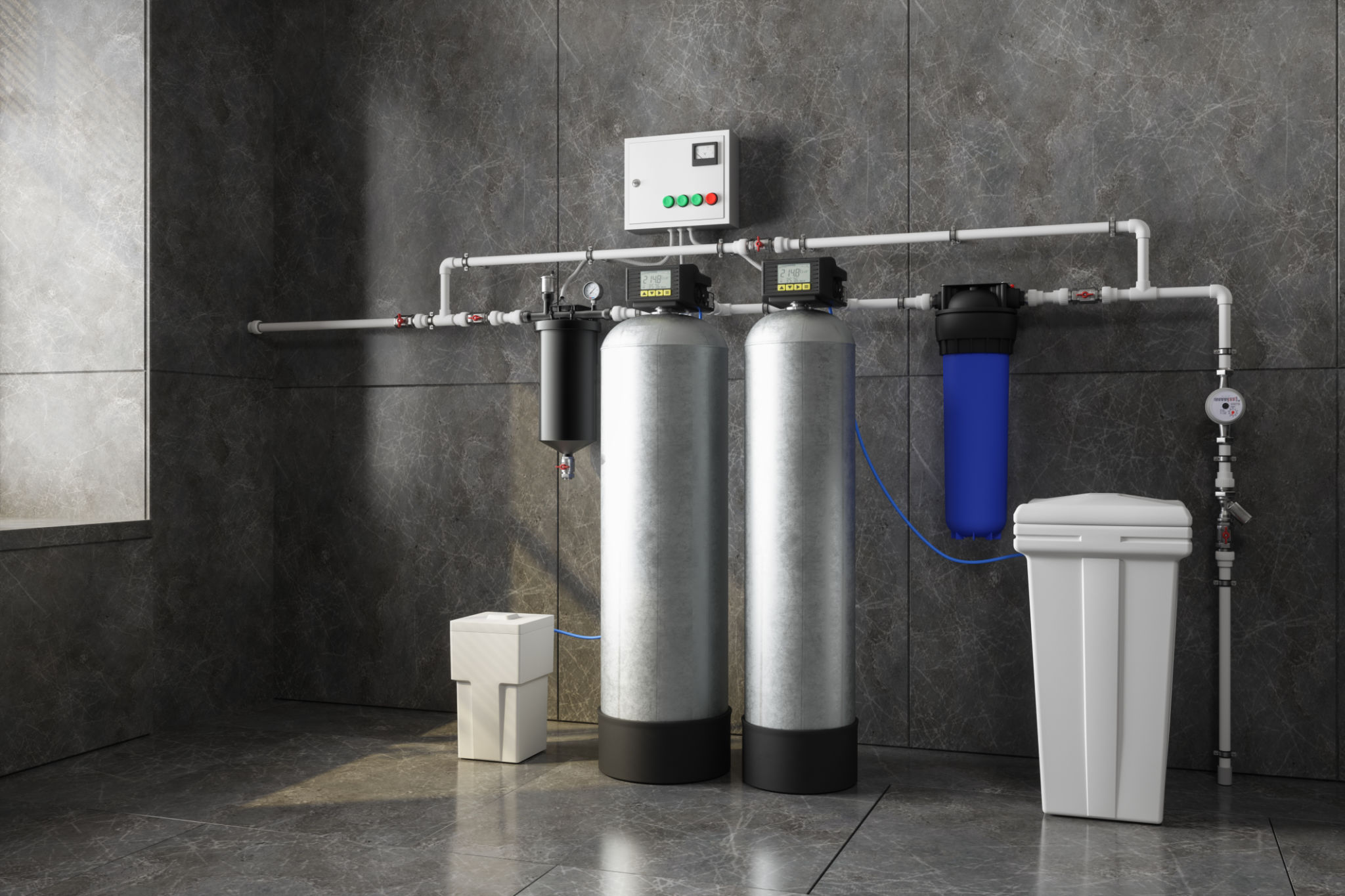DIY Water Purification: Tips for Maintaining Your System
The Importance of DIY Water Purification
Water purification is crucial for ensuring that the water you and your family consume is free from contaminants. A well-maintained DIY water purification system can significantly reduce pollutants, providing safe and healthy drinking water. Regular maintenance of your system is essential to keep it functioning optimally.
DIY water purification systems are cost-effective and can be customized to meet your specific needs. By taking proactive steps to maintain your system, you not only extend its lifespan but also ensure the quality of your water remains high.

Understanding Your Water Purification System
Before diving into maintenance, it's vital to understand the components of your DIY water purification system. Typically, these systems include filters, tanks, and sometimes UV lights or chemical treatments. Each component plays a critical role in the purification process.
Filters are perhaps the most crucial element, responsible for removing particles and impurities from the water. Depending on your system, you might have sediment filters, activated carbon filters, or reverse osmosis membranes.
Regular Filter Replacement
Maintaining your filters is key to ensuring your system's efficacy. Most filters need replacement every 6 to 12 months, but this can vary based on usage and water quality. Signs that a filter needs replacing include a noticeable drop in water pressure or an unusual taste or odor in the water.

Sanitizing Your System
In addition to replacing filters, regular sanitization of your system is necessary to prevent bacterial growth. This can be done using a simple bleach solution or other commercial sanitizing products designed for water systems. Follow the manufacturer's instructions carefully to avoid damaging any components.
Sanitization should be performed at least once a year, or more frequently if you notice any signs of contamination. Remember, keeping your system clean is essential for maintaining the purity of your drinking water.

Monitoring Water Quality
Regular monitoring of your water quality can help identify issues before they become serious. You can use home testing kits to check for common contaminants like chlorine, lead, or bacteria. These kits are relatively easy to use and provide quick results.
Professional Testing
For a more comprehensive analysis, consider having your water professionally tested annually. This can provide detailed insights into any potential issues with your water supply and help you adjust your purification system accordingly.
By staying vigilant and proactive with these maintenance tips, you can ensure that your DIY water purification system continues to deliver clean and safe drinking water for years to come.
